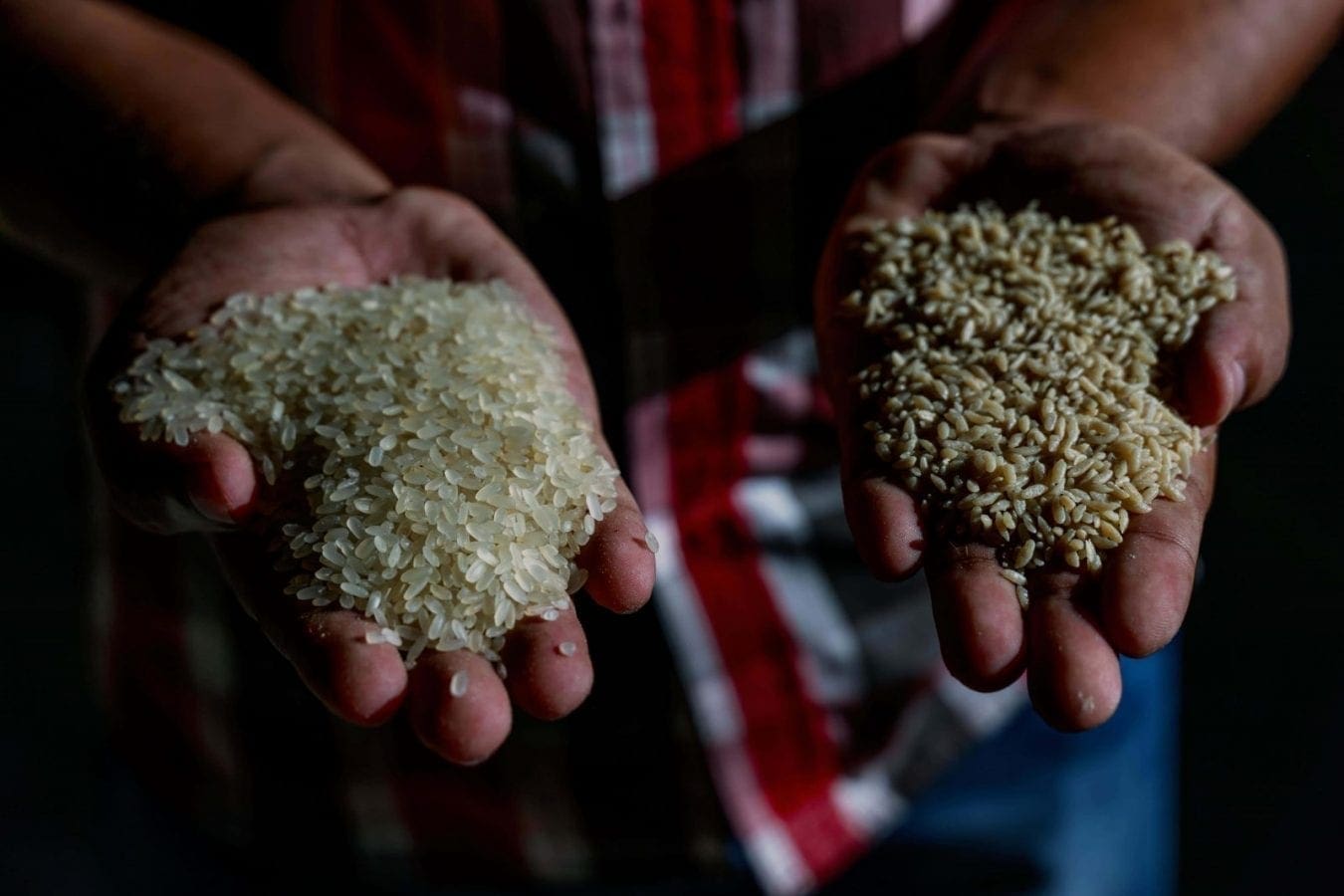BANGLADESH – The government of Bangladesh in partnership with the United Nations World Food Programme has rolled out an initiative to provide subsidized fortified rice to low-income earning citizen through its Open Market Sale (OMS) program.
Nutrition International (NI) and Global Alliance for Improved Nutrition (GAIN) are supporting the advocacy for fortified rice in the program.
The OMS is a public food distribution program, which sells rice at subsidized prices around the year, when and where necessary for stabilizing the market price and to support the low-income population.
The initiative is aimed to provide an immediate, ready-to-use product that will help to address micronutrient deficiencies in a large scale as the rice is fortified with six important micronutrients i.e. Vitamin A, Vitamin B1, Vitamin B12, Folic Acid, Iron and Zinc.
“Fortifying the rice will provide essential vitamins and minerals when households are compelled to compromise food diversity due to access to markets and income opportunities during the Covid-19 crisis.”
Bangladesh’s food department Director General – Sarwar Mahmud.
According to reports by Dhaka Tribune, regular milled rice is low in micronutrients and serves primarily as a source of carbohydrate which might result to hidden hunger.
People who suffer from hidden hunger are often found to have eaten enough calories but their basic diet fails to provide enough crucial vitamins and minerals vital to their mental and physical health.
Vitamin and mineral deficiencies account for an estimated 7% of the global disease burden, while iron, vitamin A and zinc deficiencies rank among the top 10 leading causes of deaths due to disease in developing countries.
“Food insecurity has far reaching, long lasting impacts on the poor, particularly those living in areas undergoing rapid urbanization.
“The lack of access to a varied, nutritious diet is one of the leading causes of micronutrient deficiency and malnutrition in Bangladesh,” WFP’s Country Representative Richard Ragan said.
The program launched targets about 720,000 people in 144,000 households, who will access the fortified rice in 120 centres across Dhaka North and Dhaka South City Corporations in selected shop outlets till the end of October.
The program might be extended beyond October depending on the current pandemic situation.
“Fortifying the rice will provide essential vitamins and minerals when households are compelled to compromise food diversity due to access to markets and income opportunities during the Covid-19 crisis,” said the government’s food department Director General Sarwar Mahmud.
“It is also a cost-effective approach to address nutrient deficiencies in food aid to reach urban low income disadvantaged poor populations,” he added.
Introduction of fortified rise in Bangladesh
Micronutrient-enriched fortified rice branded Pushti Chal was first introduced in Bangladesh in July 2013, by the ministries of Disaster Management and Relief, and Women and Children Affairs in league with WFP.
It was introduced for an acceptability trial in two social safety net programs i.e. Vulnerable Group Feeding (VGF) and Vulnerable Group Development (VGD).
Under that pilot program, ultra-poor women of 3,000 households in Kurigram were first provided with fortified rice and then 6,000 more households in Satkhira.
Swiss company DSM Nutritional Products also supported the UN body’s strategic approach to rice fortification, and got engaged in efforts in Bangladesh, Cambodia and Vietnam to include fortified rice in social safety nets, and maximize the potential of fortified rice in tackling malnutrition.
DSM Nutritional Products, a subsidiary of Dutch multinational Royal DSM NV, further teamed up with another Swiss company, Buhler and established Wuxi NutriRice Co Ltd, in China in 2007 to produce the nutritionally enriched rice kernels to be mixed with regular rice.
Amid the COVID-19 crisis, the global market for fortified rice is estimated at US$16 billion in the year 2020 and is projected to reach a revised size of US$22. 5 billion by 2027, growing at a CAGR of 5% over 2020-2027, according to ReportLinker.
Liked this article? Subscribe to Food Business Africa News, our regular email newsletters with the latest news insights from Africa and the World’s food and agro industry. SUBSCRIBE HERE










